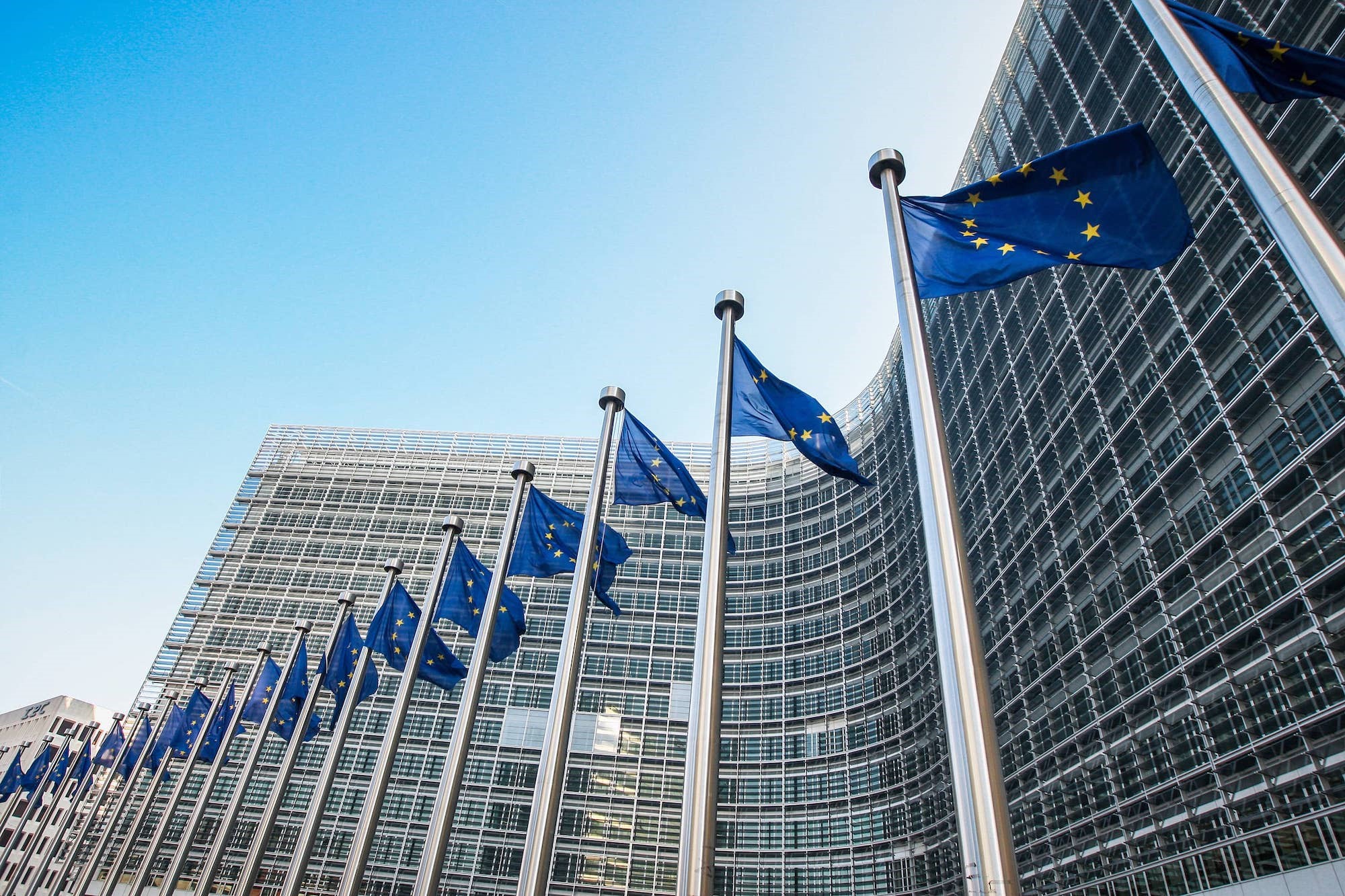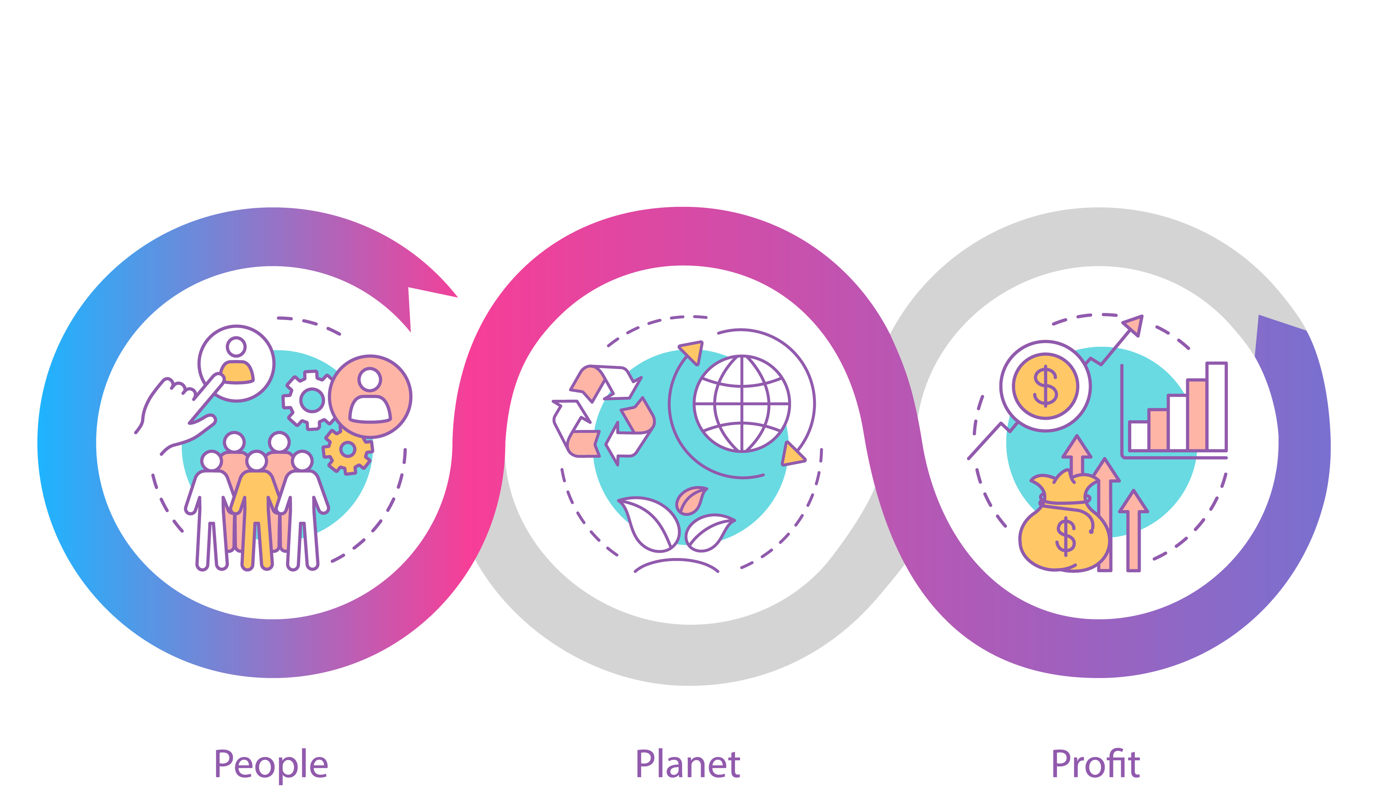
The concept of green procurement refers to the acquisition of products with a reduced environmental impact, which provides the same or improved function and performance but are less harmful to human health and the environment. It involves the use of materials with a low environmental impact and that are more sustainable, as well as the implementation of practices that promote sustainability and the choice of the less impacting option of sourcing and production.
Green Procurement Policy (GPP)
Green Procurement includes environmental concerns in the policies, programs, and actions related to supply chain and purchase.
In order to define a strategy regarding green procurement, a company or public administration can develop a green procurement policy (GPP) to guide the acquisition of materials, supplies, and services by considering their impact on the environment and human health.
A green procurement policy embraces the triple bottom line (TBL) corporate framework, which aims at improving performance in all three business areas: environmental, social and financial. Such policies can apply to both the internal operation of a company (e.g. office supplies and equipment, resource consumption) and the production of its goods and services (e.g. materials used in company products).
Green procurement’s value from strategy to operations
Green procurement represents a link between stakeholders, suppliers and commercial teams in companies and it plays a critical role in driving sustainability.
A study conducted by Tetyana Ivanova of the National Technical University of Ukraine has analyzed the impact of green procurement on SMEs in developing countries. The data of the study were collected from 181 SMEs in the Kyiv region and the results are impressive:
“The results show that green procurement has a positive impact on competitiveness, the economic performance of SMEs, the environment, and society. Therefore, small and medium-sized enterprises in developing countries should pay attention to the development and implementation of green supplies, as this will have a positive impact on their performance.”
The benefits of the implementation of green procurement practices are multiple: resource and operation efficiency, risk mitigation, stakeholders engagement, regulation compliance.
H2 Market and regulatory drivers of green procurement
In recent years, many market and regulatory drivers of green procurement are influencing businesses to adopt sustainable procurement practices.
Customer demand
One of the primary drivers is customer demand. Today's consumers are increasingly concerned about the environmental and social impacts of the products and services they use and prefer to purchase from businesses that align with their values. The tendency is highlighted in the latest edition of the EY Future Consumer Index which suggests that 43% of global consumers want to buy more from organizations that benefit society, even at a green premium, and 64% are prepared to behave differently if it benefits society.
Regulatory compliance
Another market driver is regulatory compliance. Governments around the world are introducing legislation and regulations aimed at reducing carbon emissions and promoting sustainability. Regulations such as the Carbon Border Adjustment Mechanism and the CSRD are driving companies to take into account green procurement considerations, in order to reduce emissions and comply with the regulation without suffering major penalties and fines.
Another regulatory aspect that needs to be considered it’s the disclosure of GHG scope 3 emissions. As the procurement phase is an upstream activity, it is included in the category of scope 3 emissions, representing the major source of emissions for an enterprise. The IFRS in 2022 has announced that ISSB has confirmed that scope 3 emission disclosure is going to be mandatory.
Cost savings
Cost savings are also a significant market driver of green procurement. By adopting sustainable procurement practices, businesses can reduce energy consumption, waste, and water usage, leading to cost savings over the long term.
Corporate social responsibility
Finally, corporate social responsibility (CSRD) is becoming increasingly important for businesses. Adopting sustainable procurement practices is an essential aspect of CSR and is crucial for businesses looking to maintain their reputation and build customer trust.
1 Ivanova, Tetyana. (2020). Management of Green Procurement in Small and Medium-Sized Manufacturing Enterprises in Developing Economies. Amfiteatru Economic. 22. 121. 10.24818/EA/2020/53/121.



